“It’s all about fantasies, which also reflect reality and what is going on in the world. Not focussing on the political, but on how we are living now — what we are all thinking”
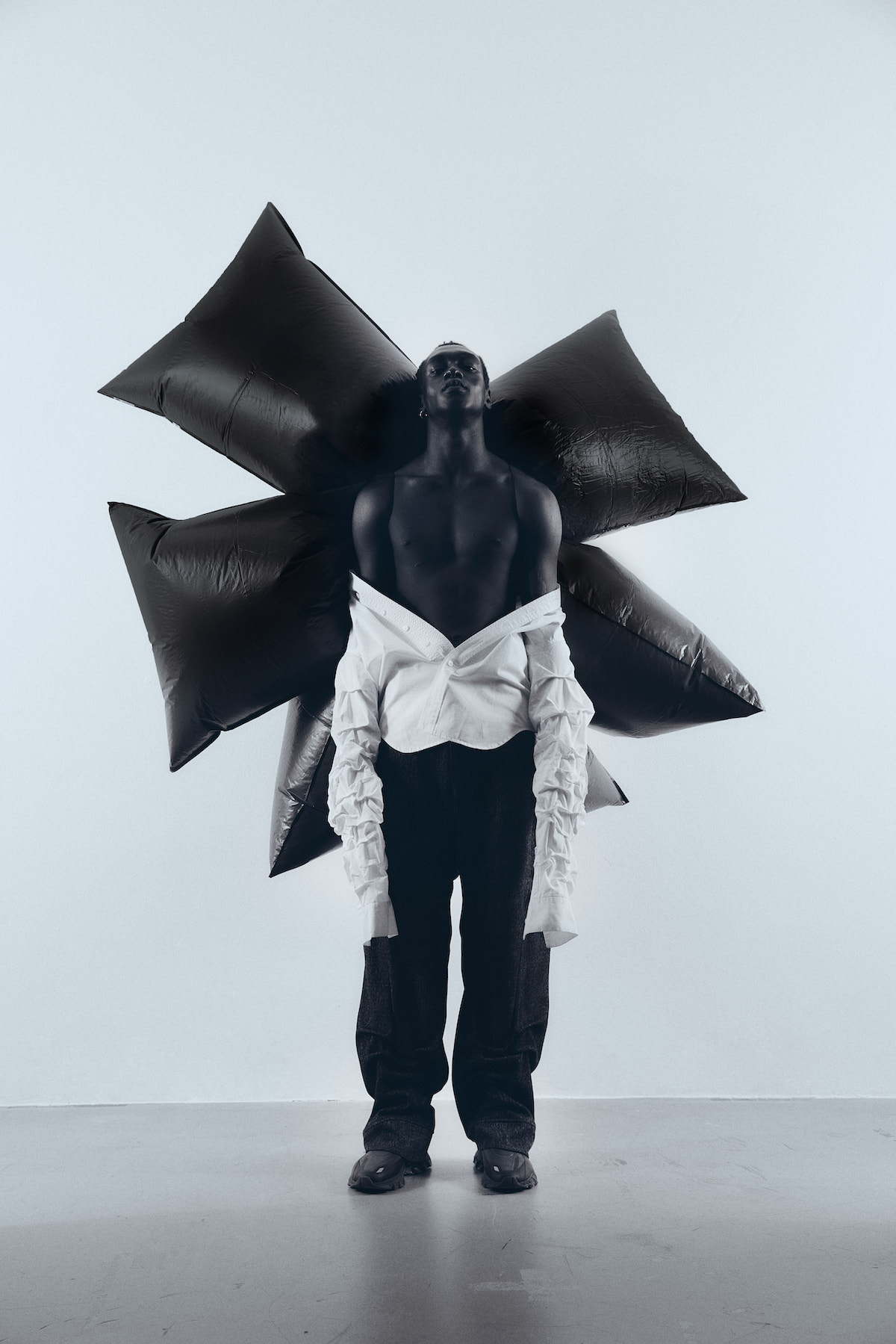
Baggy leather, draped mesh, and unconventional ruches in deep blacks, bloody reds, and creamy beiges converge to form the unique and expressive designs associated with the eponymous brand XIMONLEE, a talented designer of Korean descent who grew up in CHINA. A graduate of PARSONS, XIMON LEE’s creative journey began in BROOKLYN where he clinched the H&M Design Award in 2015, becoming the first menswear designer from the UNITED STATES to ever receive this prestigious accolade.
Ximon Lee’s own life experiences, as well as the global reach of his work, showcased in cities like STOCKHOLM, PARIS, NEW YORK, and HONG KONG, have exposed him to diverse fashion perspectives from around the world. This unique exposure has enriched his creative process, shaping his vision and influence in the ever-evolving landscape of fashion.
Glamcult had the opportunity to interview the designer during a brief pause from the fashion world. Fresh from the Spring-Summer ’24 Paris runway, Ximon Lee is presently in KOREA. He recently concluded a project involving the interior design of XC273 in SHANGHAI and is currently focused on a new architectural endeavour in collaboration with a Korean multi-brand store. Although it is currently more of a side-gig, the designer describes the experience as one which opens up his own creative capacities to so many new skill sets and perspectives, allowing him to, “Not just work on the garments, but the space that carries the garments as a retail environment”. When asked about its relation to the XIMONLEE brand, it is especially the use of material which draws the two practices together. “I’m a really tactile person, so I like to feel the material, and there’s often a juxtaposition of textures or surfaces within the space—and I think, in a way, this correlates to the collection.” He also describes how fashion and architecture are two very different fields of design, as elements such as practicality, the durability of the material, and safety need to be taken into account, as well as how certain pieces might reflect light and the affective impact on visitors as they navigate their way through the space.
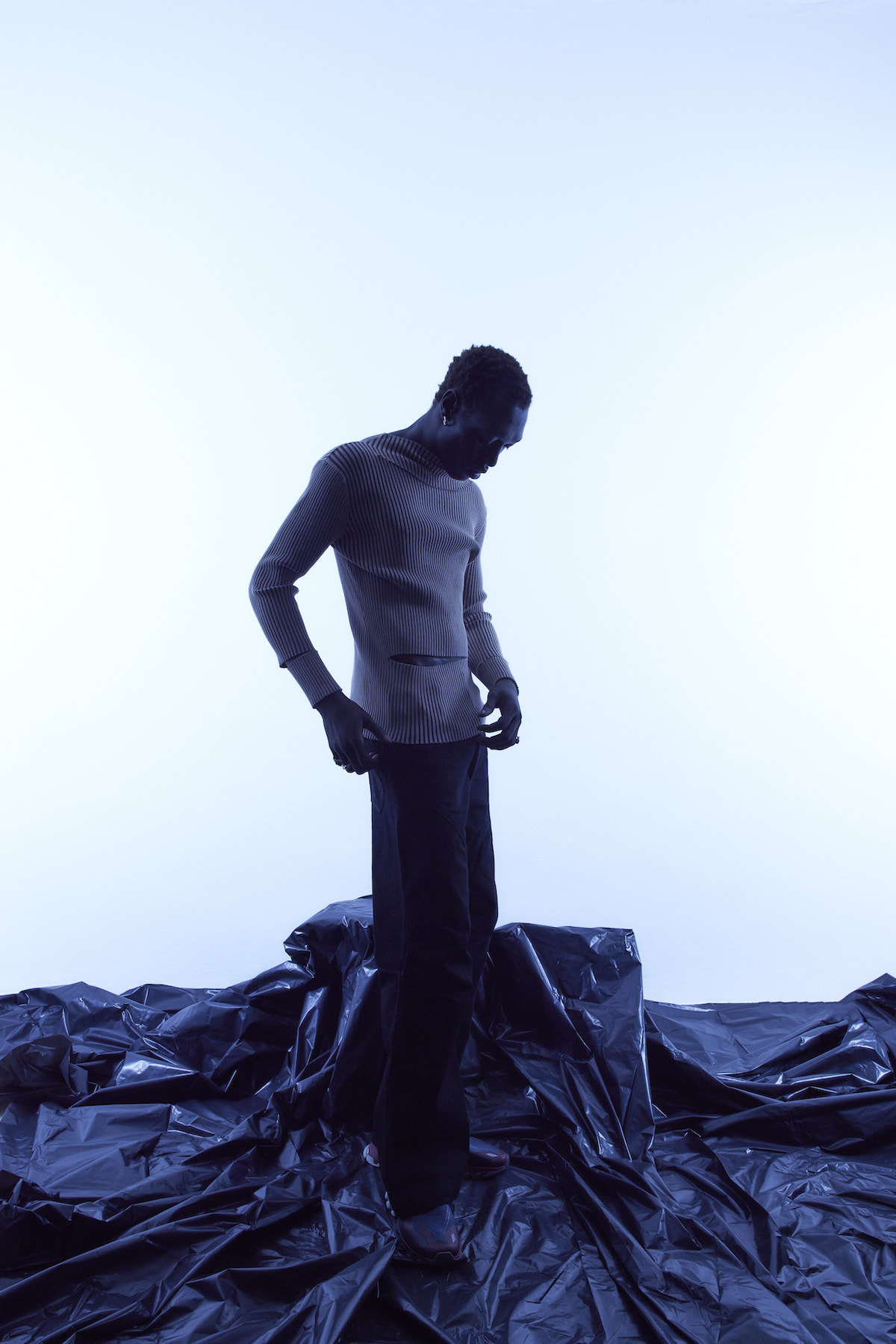
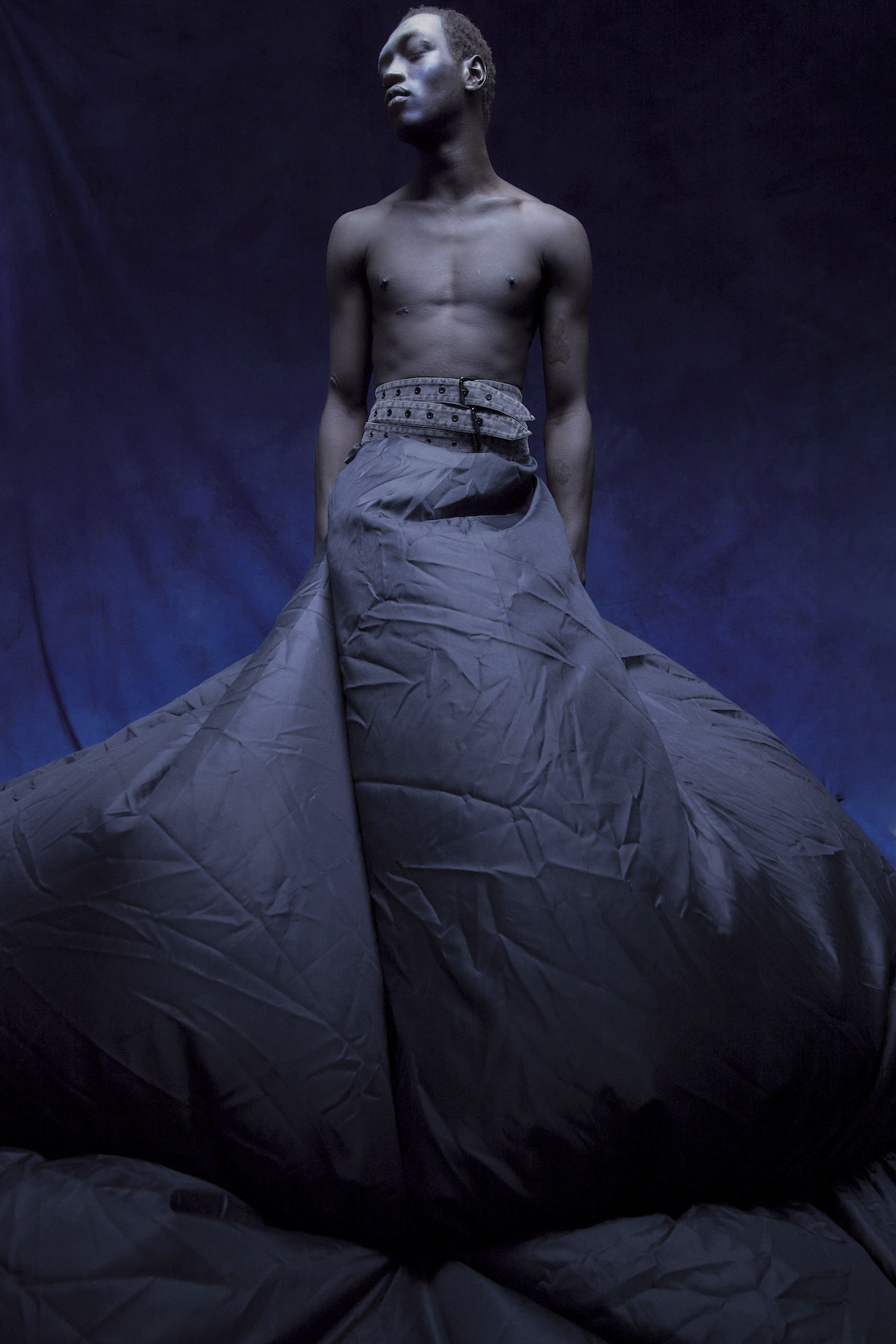
The evolution of his design path is to be expected— seven years after launching his first collection after graduation, XIMONLEE is by no means an up-and-coming brand anymore. When the designer first started at Parsons, his major in visual communication was rooted in an initial interest in VI design and image making. However, it was a competition during his second year that provided him with the chance to design a mini-collection, revealing his true passion and setting him on a rapid path into a fashion program. This journey was marked by an intense and highly productive year of work. Starting as a recipient of the H&M Design Award, Ximon knew he had to start taking the idea of building his own brand seriously. To pursue this, some practical knowledge working in the industry was a must: “I went to CALVIN KLEIN and I started in the men’s jeans team, which was an amazing experience. When you work with corporate companies, you get access to their archive, material library, and brand history.” Three months later, Ximon found himself as a semi-finalist for the LOUIS VUITTON MOËT HENNESSY Prize and it was an integral connection with a prominent PR agency asking him to put together a collection for Paris that set him on his path. “I was thinking, how do I produce this? Because before, it was only one piece— now I have to replicate that in different ways to accommodate the needs of the market and the buyers, so it was a really interesting change from just purely creating (which is fun), but now needing to have really strong problem-solving skills.” Ximon found himself travelling to the city with his three suitcases and an invitation to the Parisian showroom, not knowing what to expect or what to do when he got there. Despite only having two rails worth of pieces to showcase, XIMONLEE’s first collection was being bought by customers across three different continents. A very intense way to start your career, to say the least, but Ximon has managed to develop confidence and get comfortable in his position. While lots has changed when it comes to the world and customer consumption priorities, XIMONLEE is dedicated to adapting in a way that is appropriate for the client, while still maintaining their brand image and identity. “The brand is about fantasy—from the beginning, it’s been about the study of shame, the study of consciousness. You can see from the set, the styling, the fabrics, the prints, and the silhouettes at a lot of our shows—it’s all about fantasies, which also reflect reality and what is going on in the world. Not focusing on the political, but on how we are living now—what we are all thinking.” There is an emphasis on cultural adjacence, rather than being culturally reflective.
You see this also with the lack of gender binary being enforced when choosing models to showcase his pieces. Women in large, boxy blazers and men in ballerina flats and cut-out, metallic skirts walk his runways despite being classified as a menswear brand. Ximon says that it’s very relevant to not be very gender-specific in fashion anymore, as the classification is also more specific to certain sewing and tailoring practices, to begin with. Making the choice to take more classically male silhouettes, but tailoring them in a way that wouldn’t conventionally be considered masculine, is the key. “For me, I think it is very important that all genders can easily fit into these shapes or silhouettes, and it comes from not just the design of the garment, but the texture, surface, colour.” For example, his Spring-Summer ‘24 collection marks the first time XIMONLEE has featured draping and more female tailoring—with soft, sheer skirts, dresses, and bandeaus juxtaposed against his signature structured, armoured leather pieces. “I think we are trying to be more inclusive now and expand into womenswear. But in the end, I feel like it’s just more about how comfortable the person is, and how the garment can make them feel good.”
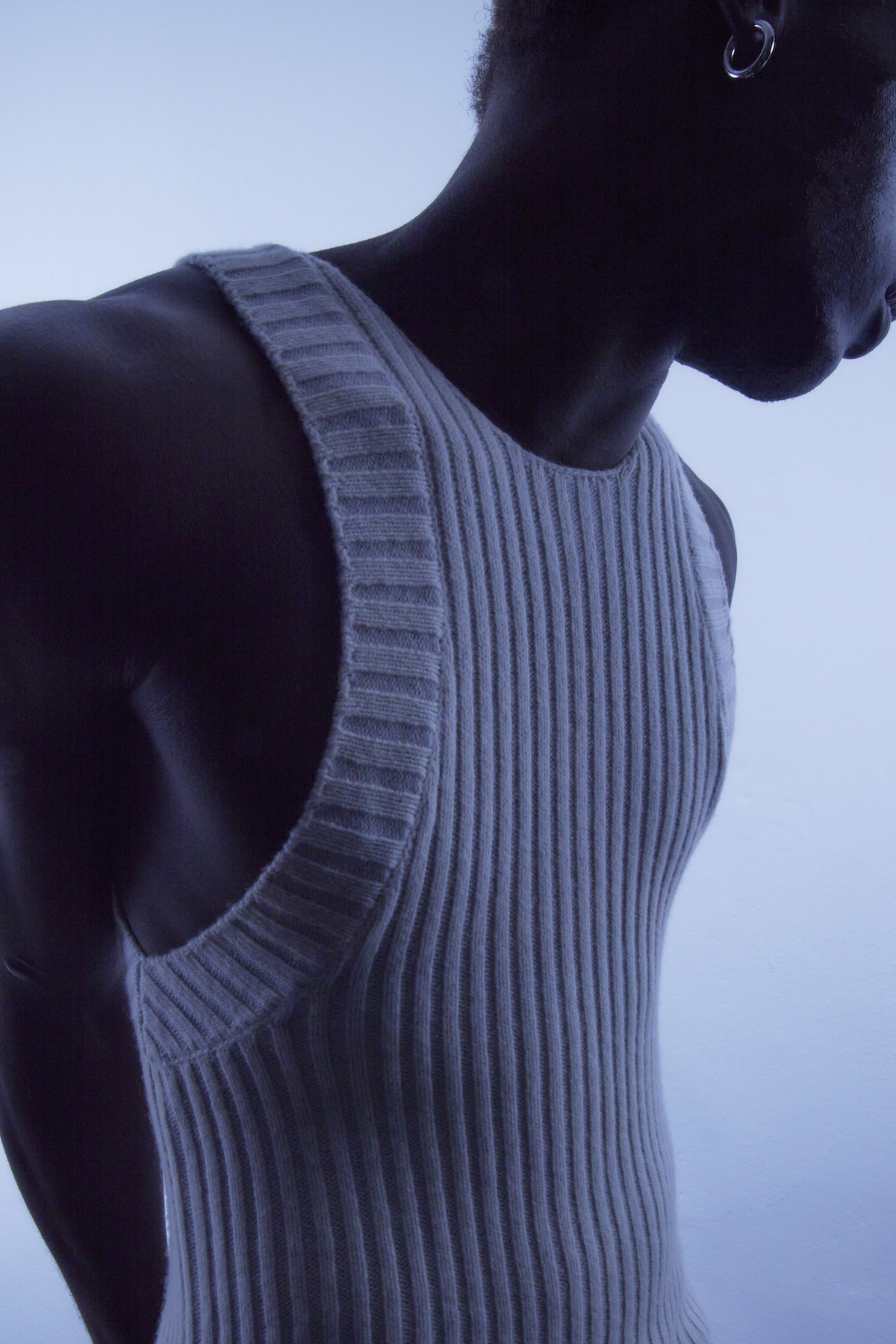
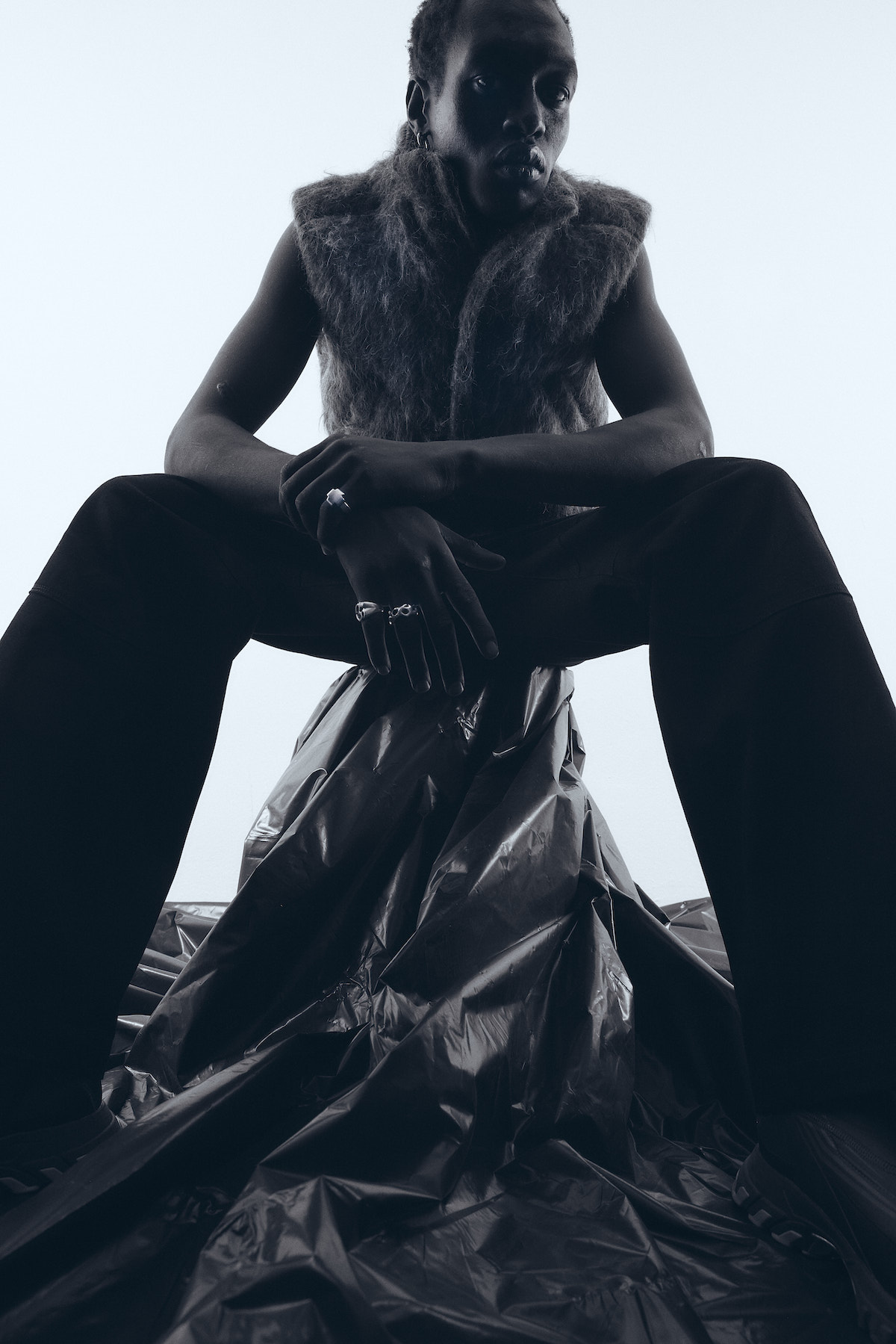
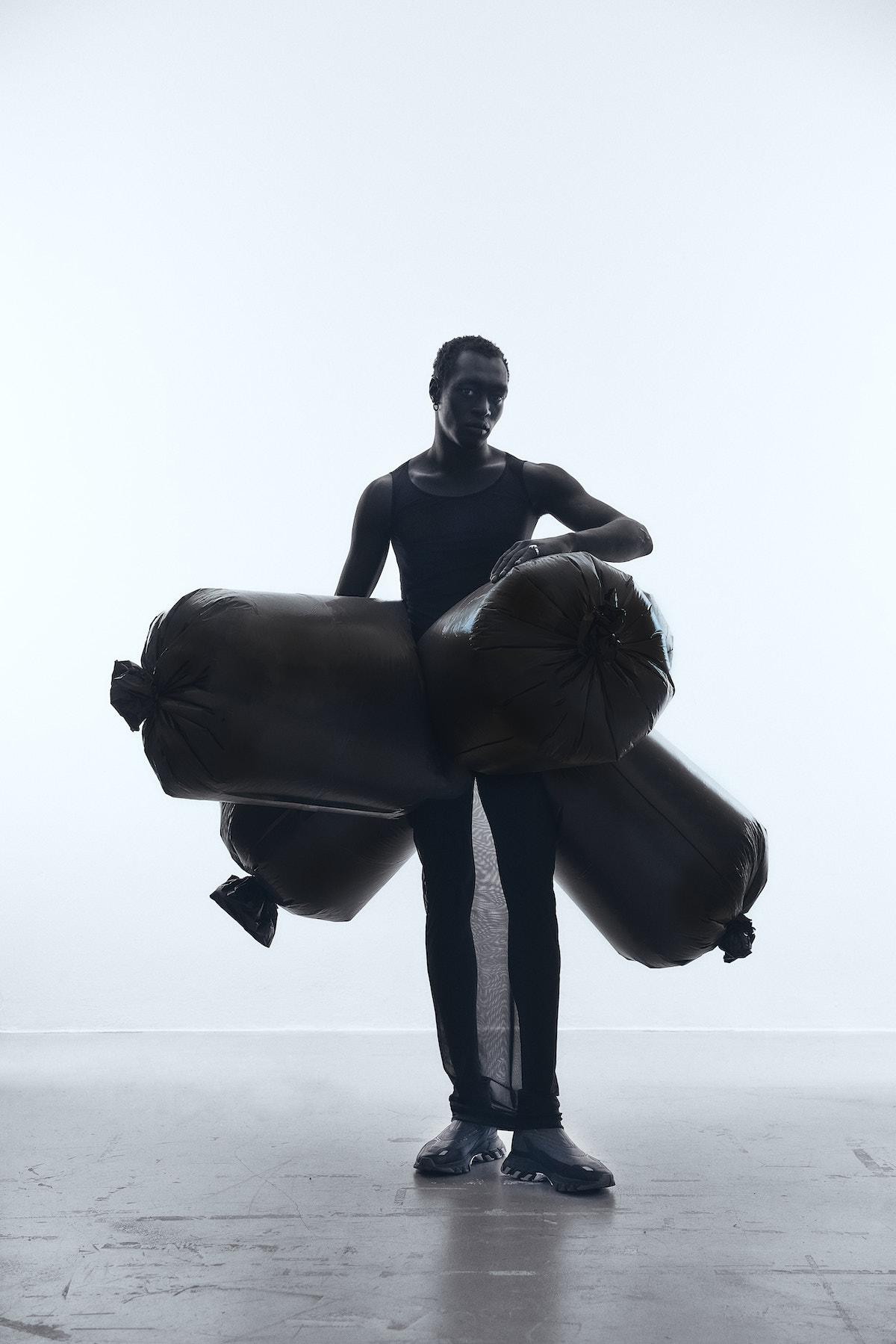
This idea of not only fantasy but also comfortability and self-acceptance was also consistent in his Autumn-Winter ‘23 collection currently in stock at the GLAMCULT STORE here in AMSTERDAM. “It started with a Japanese cartoon. It’s a character who I resonate with—and maybe a lot of people do too. It looks very gentle, very shy, very much almost fragile—but also shielded with this amour/warrior clothing, and I was really into this idea of being sheltered.” With a childhood full of constant changes and moving from place to place, it’s easy to feel vulnerable as you encounter new environments and try to maintain your core identity and strongest beliefs as they’re challenged by the unknown. Being able to defend himself against these conflicting challenges inspired key features of Ximon’s designs, and he describes how he “really like[s] this idea of having armour and clothes”. “The way we cast the collection was also to show vulnerability, whilst using these very harsh warrior garments and using very linear, column-like pieces was very interesting—like a big leather blanket skirt and a slim fit classic motorcycle jacket.” The collection’s narrative revolved around the embodiment and expression of these emotions by reimagining the shapes of common, everyday garments, such as utility jackets, traditional men’s blazers, and timeless wardrobe essentials. These pieces not only persisted through the latest season but also incorporated elements of fantasy inspired by cartoon characters. With the convergence within the collection between the more armoured pieces and their rather delicate exteriors, there is a bodily understanding of this protection that can only be understood once the garments have been worn. The collection feels stronger than each piece might look on its own. Within the context of the wider collection of the story, the performance is also built via styling, models, hair, makeup, and music. At the Paris runway show, the music was “very melancholic, like a child walking through a snow field, seeing the sunset—then suddenly there’s drums and war, and when the war ended, there was a shine again.” In fashion generally, but especially in this narrative Ximon has built through this collection, the show acts as a final chapter and showcase of the journey and story of his designs. Everything comes together in one blazing showcase.
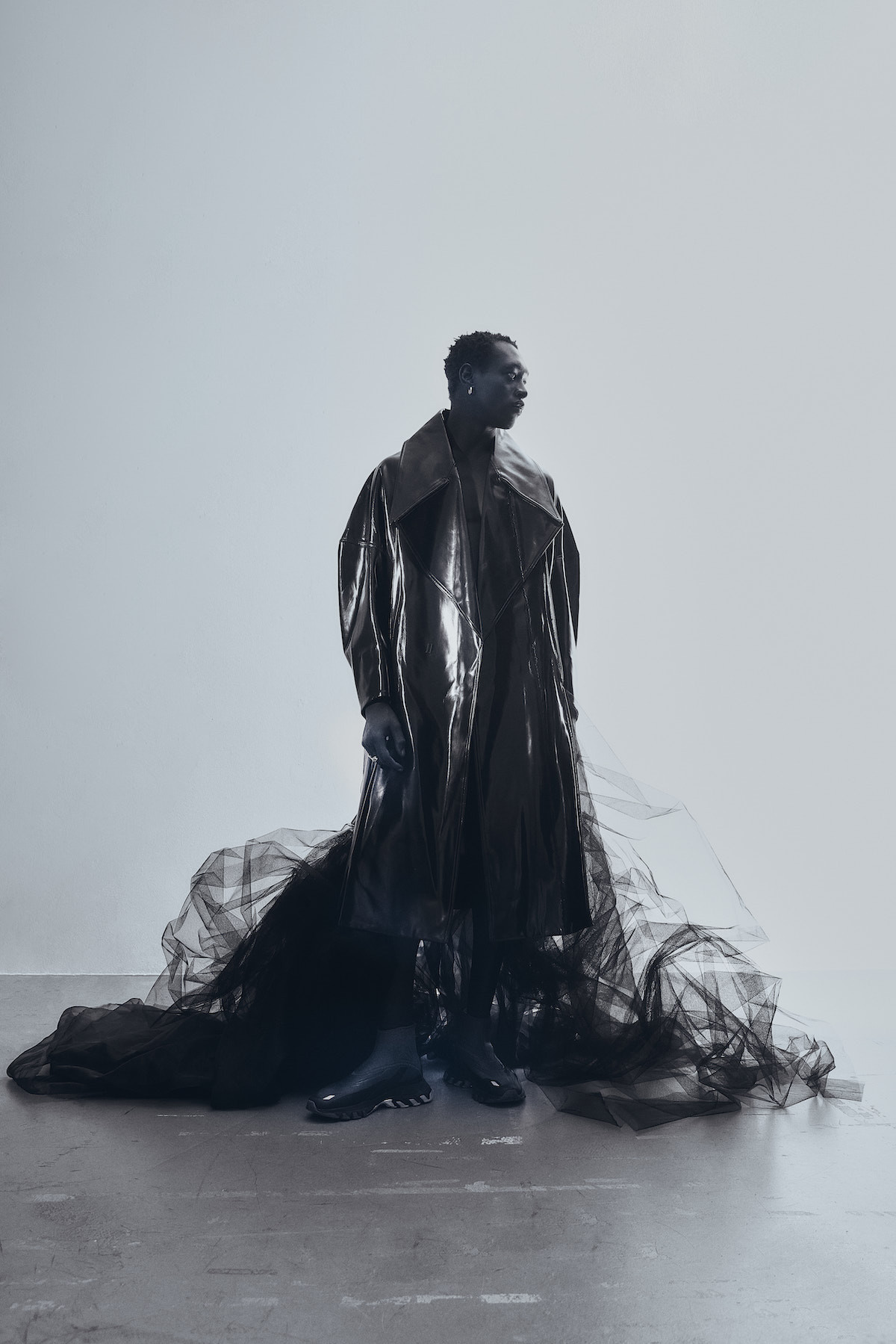
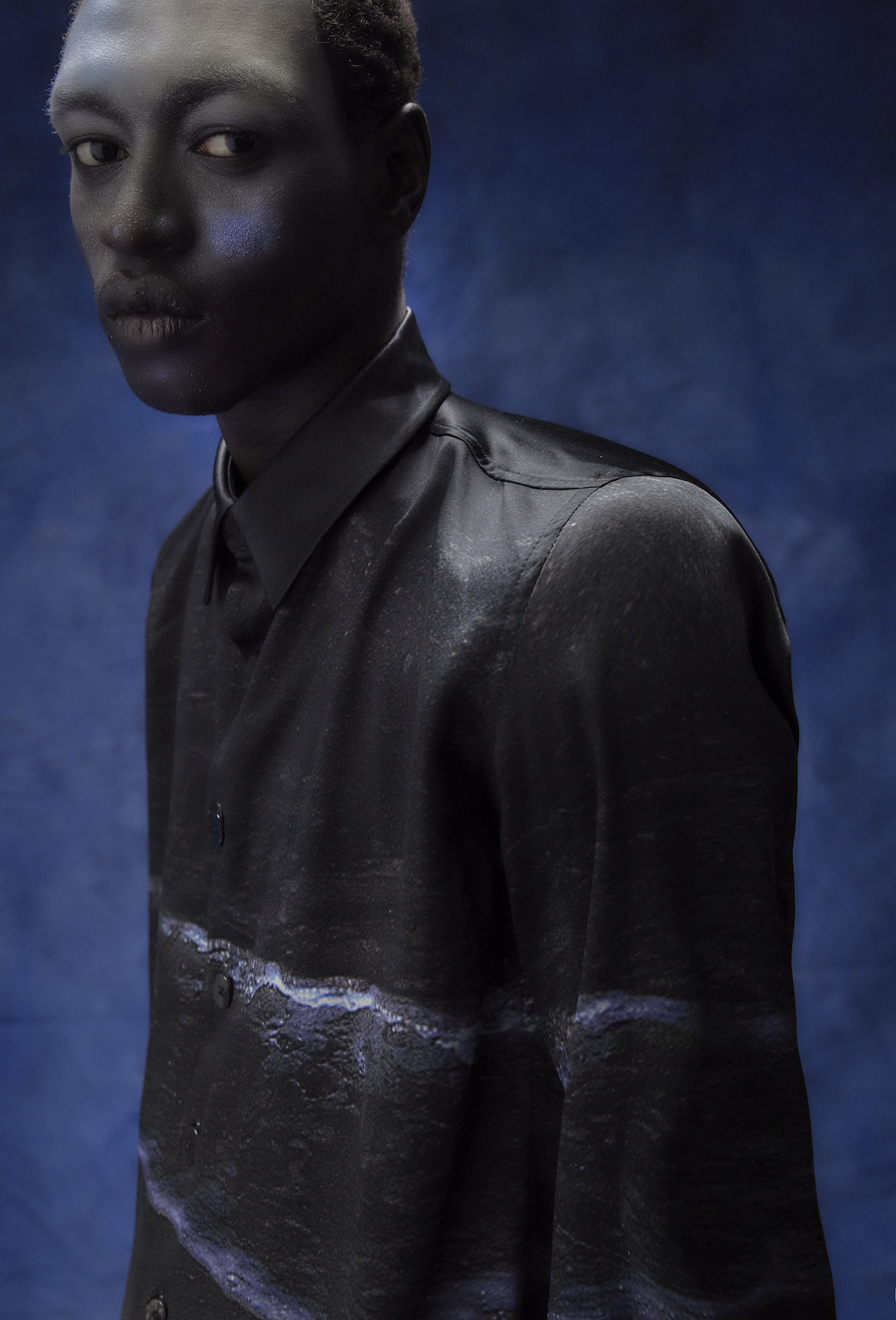
This story can be rather difficult to translate across different cultures, as XIMONLEE has showcased several times over the years across the US, EU, and ASIA. The designer describes his appearance across the different regions as very distinct, yet all pointing to an omnipresent, new frontier of fashion and its production. While the European market is still relatively conservative, they do appear to be looking towards the American market due to their higher purchasing power status. The American market seems to be constantly shifting, as celebrity influencers in L.A. can manipulate fans with just a fit-check TikTok or a photo dump on Instagram. The fashion market in Asia, however, seems to be more of a constellation of different styles, especially underground clothing and brands. Bold colours and prints are the norm as opposed to a more American turn to Athleisure, and political statements are a street-fashion staple. “It’s insane that some Chinese boys will buy these pieces, even though the customs taxes are very high because they align with the message of the designer.” Economic factors such as these customs taxes, shipping costs generally, and the fuel surges are making the costs of fashion go up, while pressure from mega-corporate brands is also pushing designers to maintain competitive prices. While the future might be uncertain, XIMONLEE will continue to produce collections that still stay true to what Ximon believes in. The trajectory looks positive, even if it might be a long and hard road to navigate. “I think I believe in fate. Things go well when they mean to go well, and the same regarding the struggle—and you just have to face the struggle, because I don’t think anyone can foresee it.”
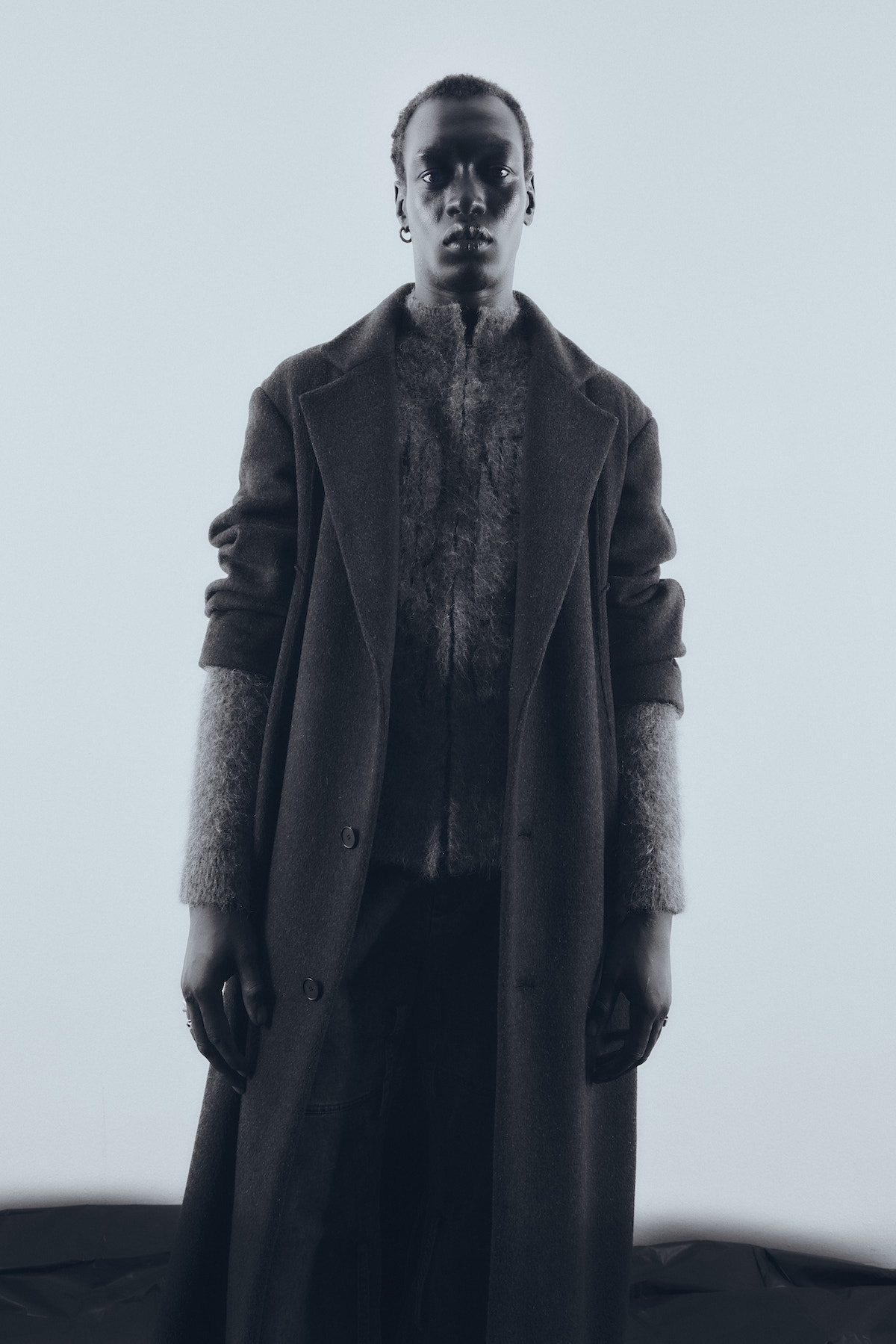
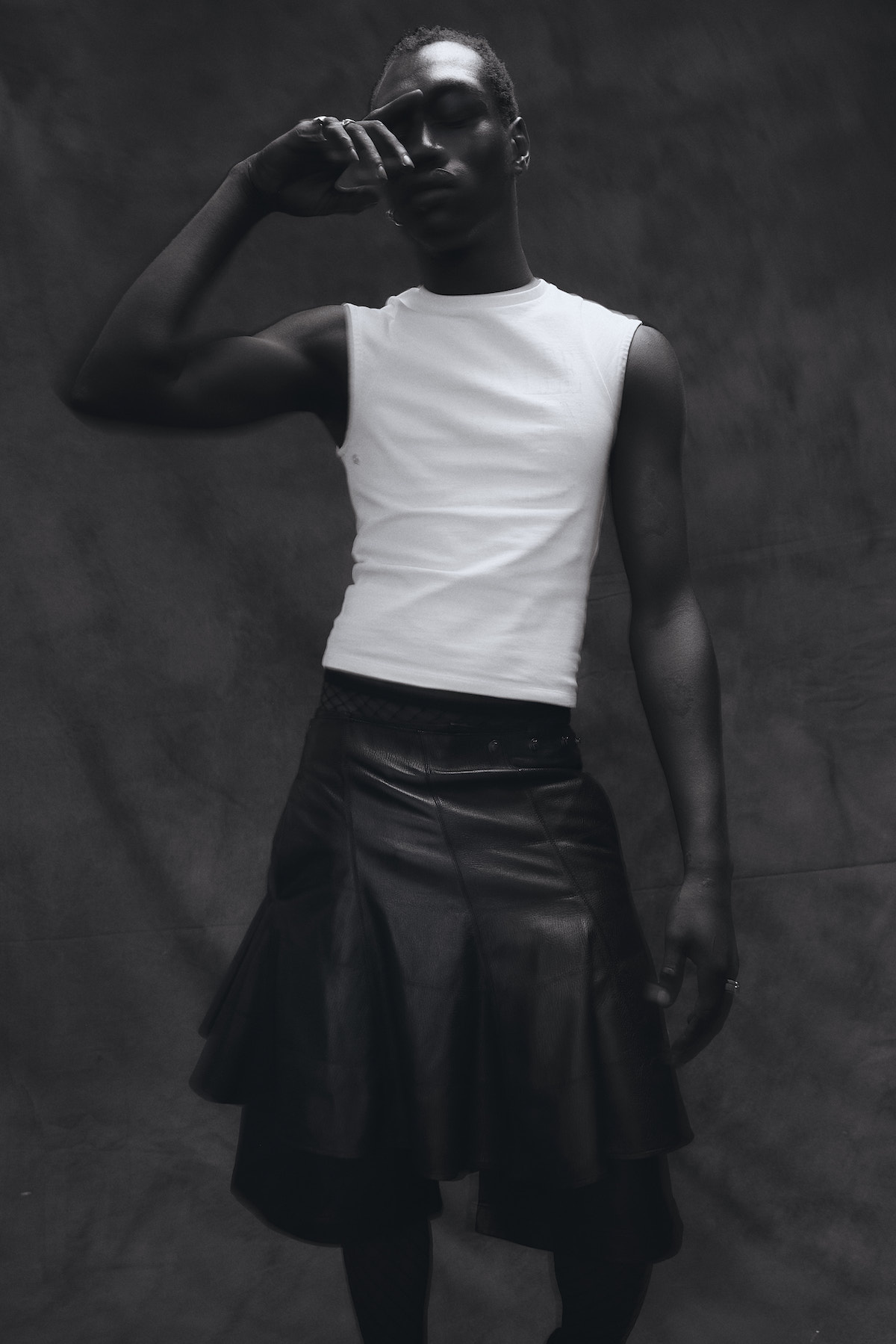
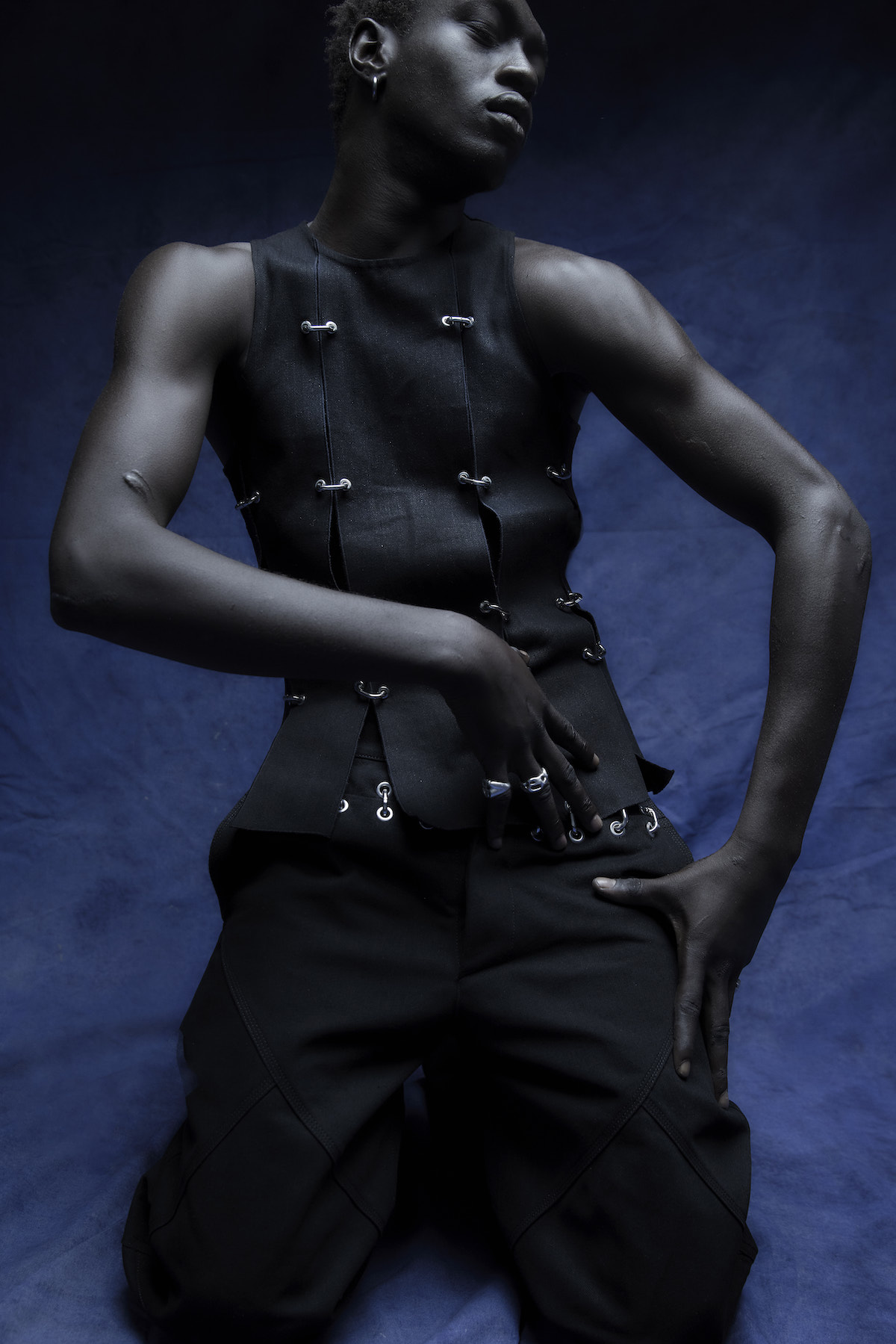
Words by Alia Ayoubi
Photography by Theresa Kaindl @ Shotview Artist Management
Styling by Jeanna Krichel
Makeup by Sutida Maricos using BALMAIN, M.A.C Cosmetics and Fenty Beauty
Modelled by Robe @ TIGERS-mgmt
Lighting assistance by Riccardo Contrino
All clothing XIMONLEE
Rings and earrings model’s own
Notifications